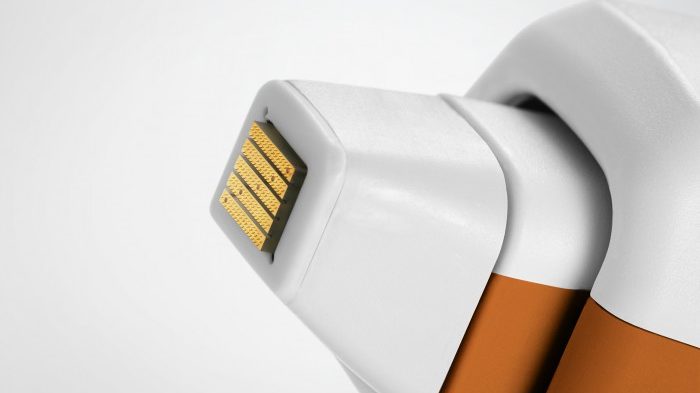Unique Technology
SciBase Electrical Impedance Spectroscopy (EIS) is a patented technology developed over 20 years at Karolinska Institutet in Stockholm. EIS works by applying harmless electrical signals to the skin, which are sensitive to changes in cellular structure, orientation, size, and types—the same elements a histopathologist would use for diagnosis. This cutting-edge methodology extracts detailed information from multi-depth spectra through a non-invasive electrode system, enabling precise data collection and analysis.
How it Works
Different skin tissues exhibit distinct electrical properties under various medical conditions. This allows Nevisense’s unique EIS method to identify conditions such as malignant melanoma.

EIS measures the overall resistance of skin tissue using alternating currents at multiple frequencies. These frequencies range from 1 kHz to 2.5 MHz and are applied via the probe’s tip, which contains several electrode bars. Measurements are taken in 10 permutations, covering both shallow and deep regions of the lesion, ensuring that the entire lesion is assessed in terms of width and depth.
At low frequencies, EIS is influenced primarily by the extracellular environment, while higher frequencies reflect both the intra- and extracellular environments. The specific frequencies used in Nevisense’s EIS correlate with clinically significant properties like cell membrane composition, cell shape, and size—the same criteria used by histopathologists when diagnosing skin cancer.
Advanced Classification Algorithm
An advanced algorithm processes the measurement data, classifying the lesion. This classifier has been developed and refined through multiple clinical studies, including the largest clinical study of its kind, which has demonstrated increased accuracy in the detection of melanoma.







